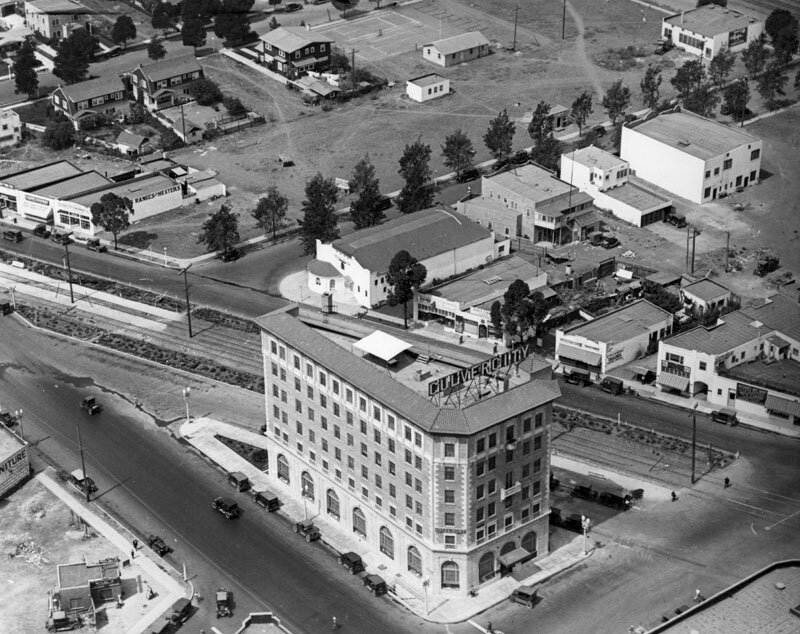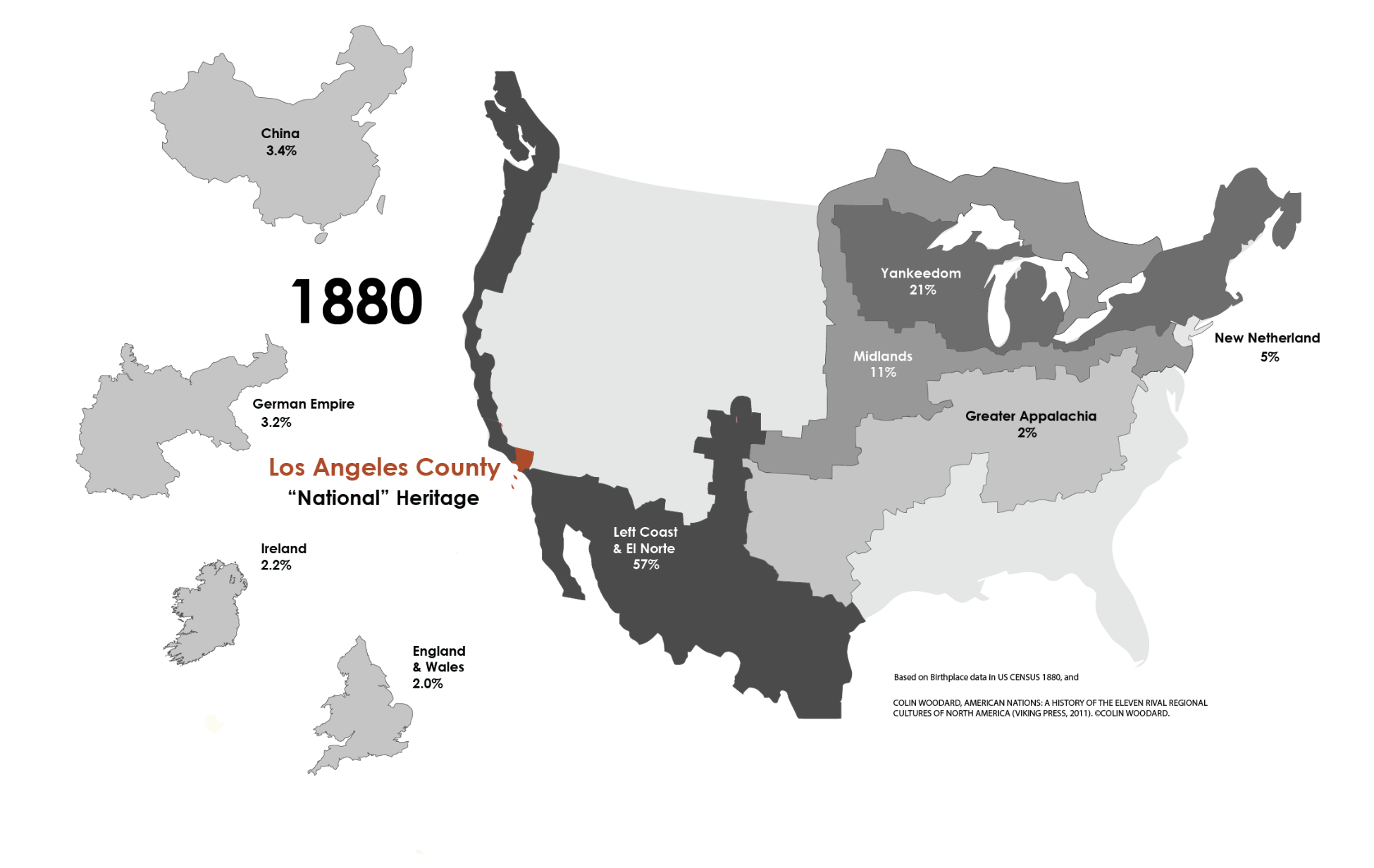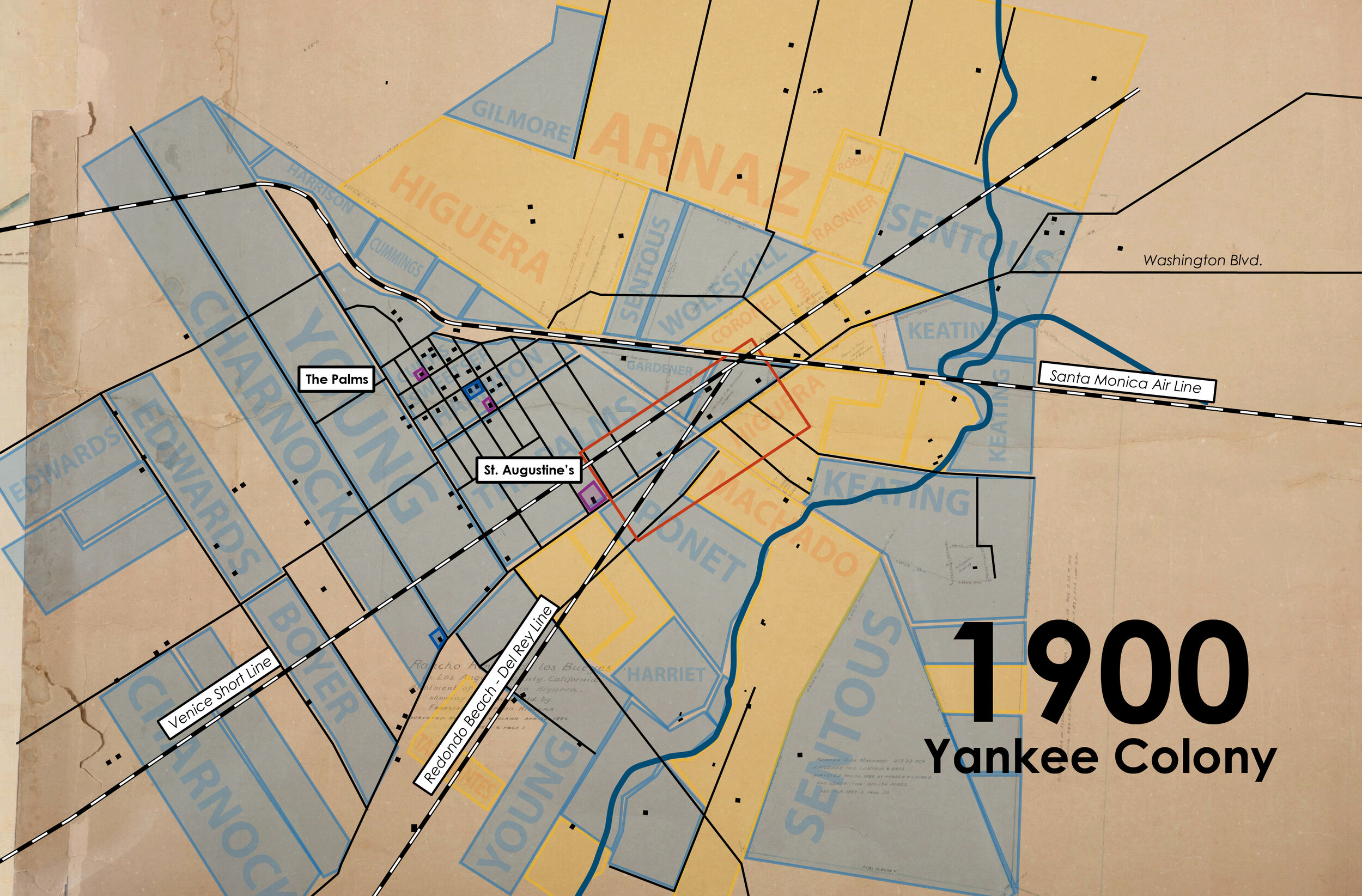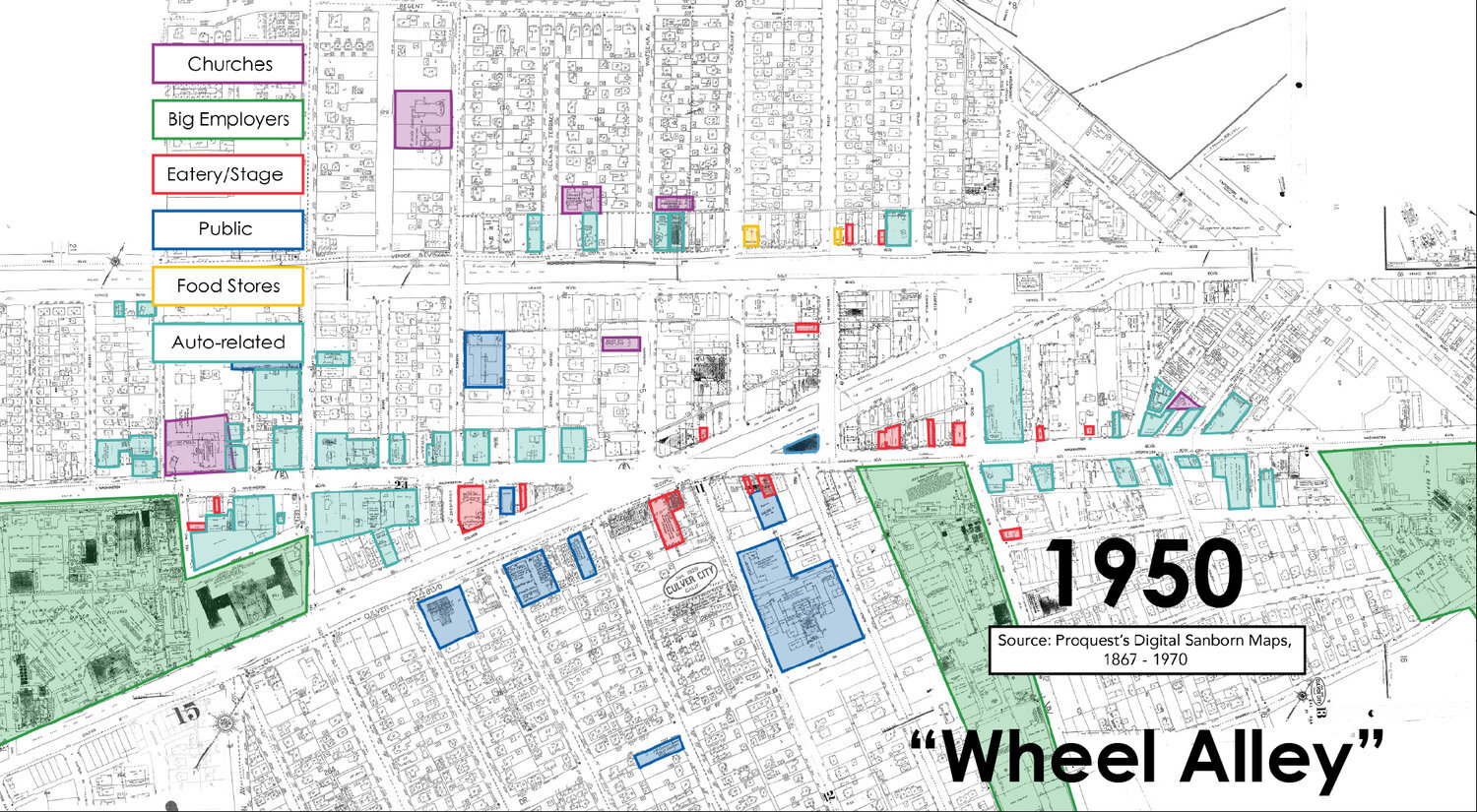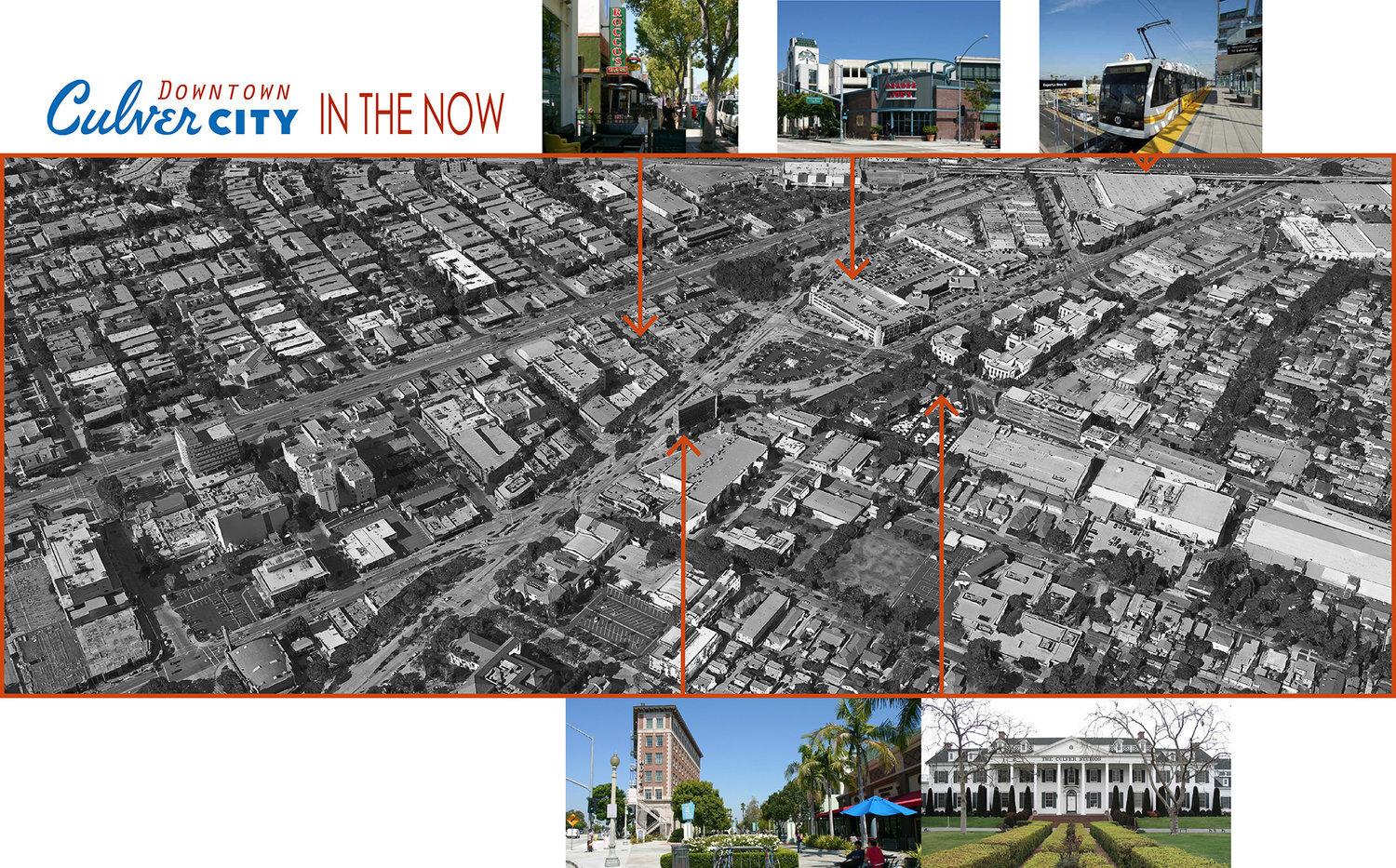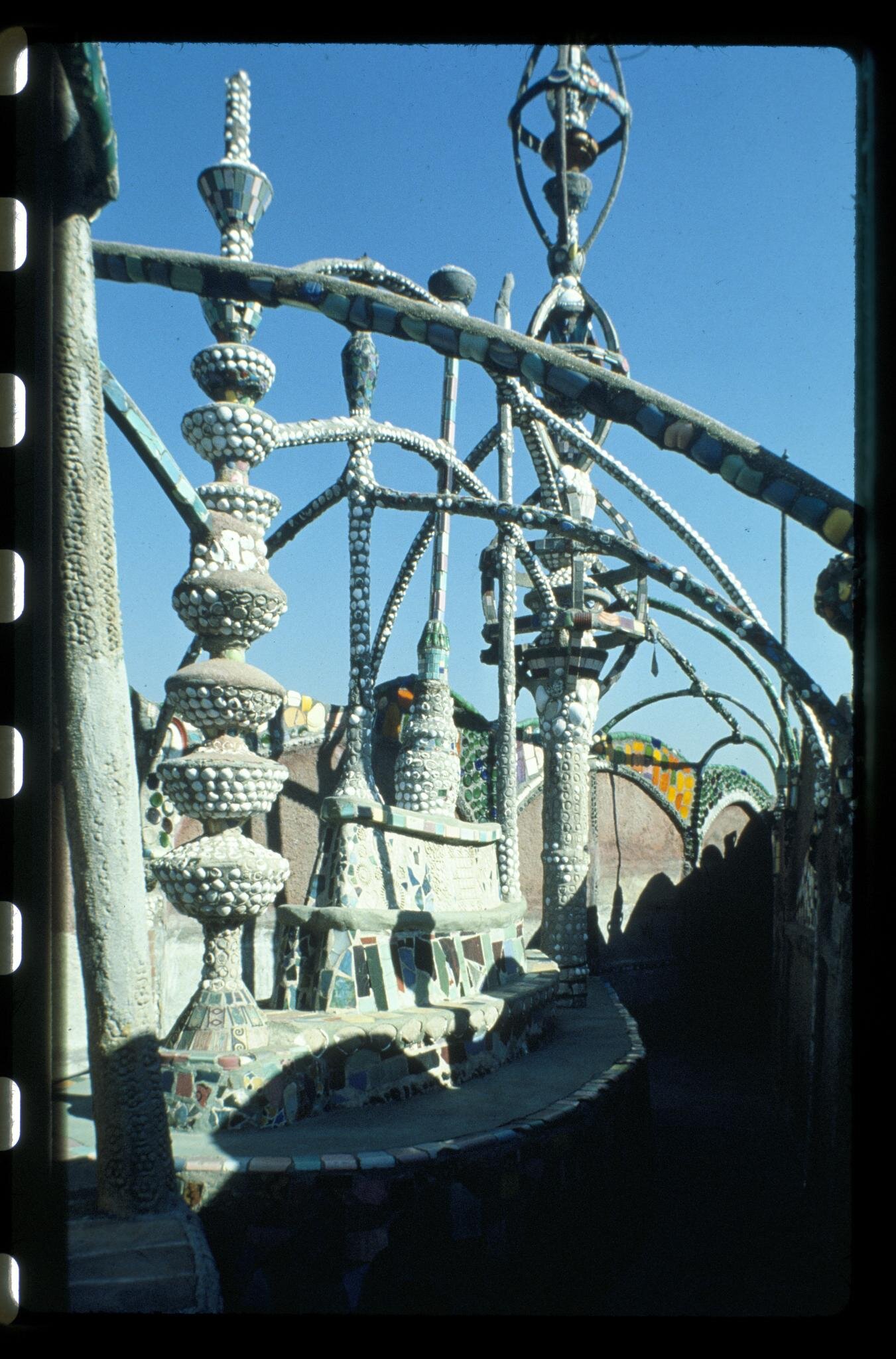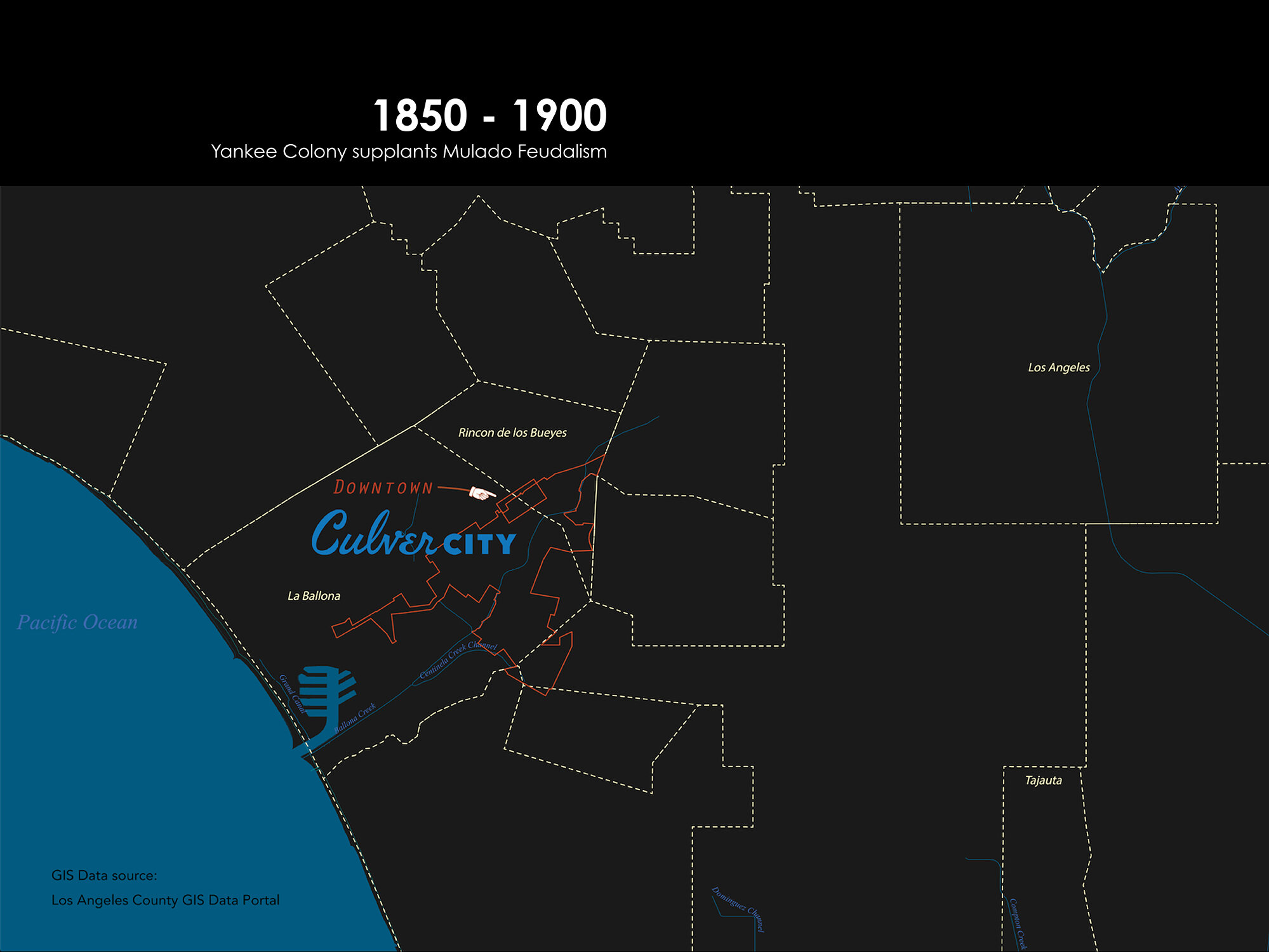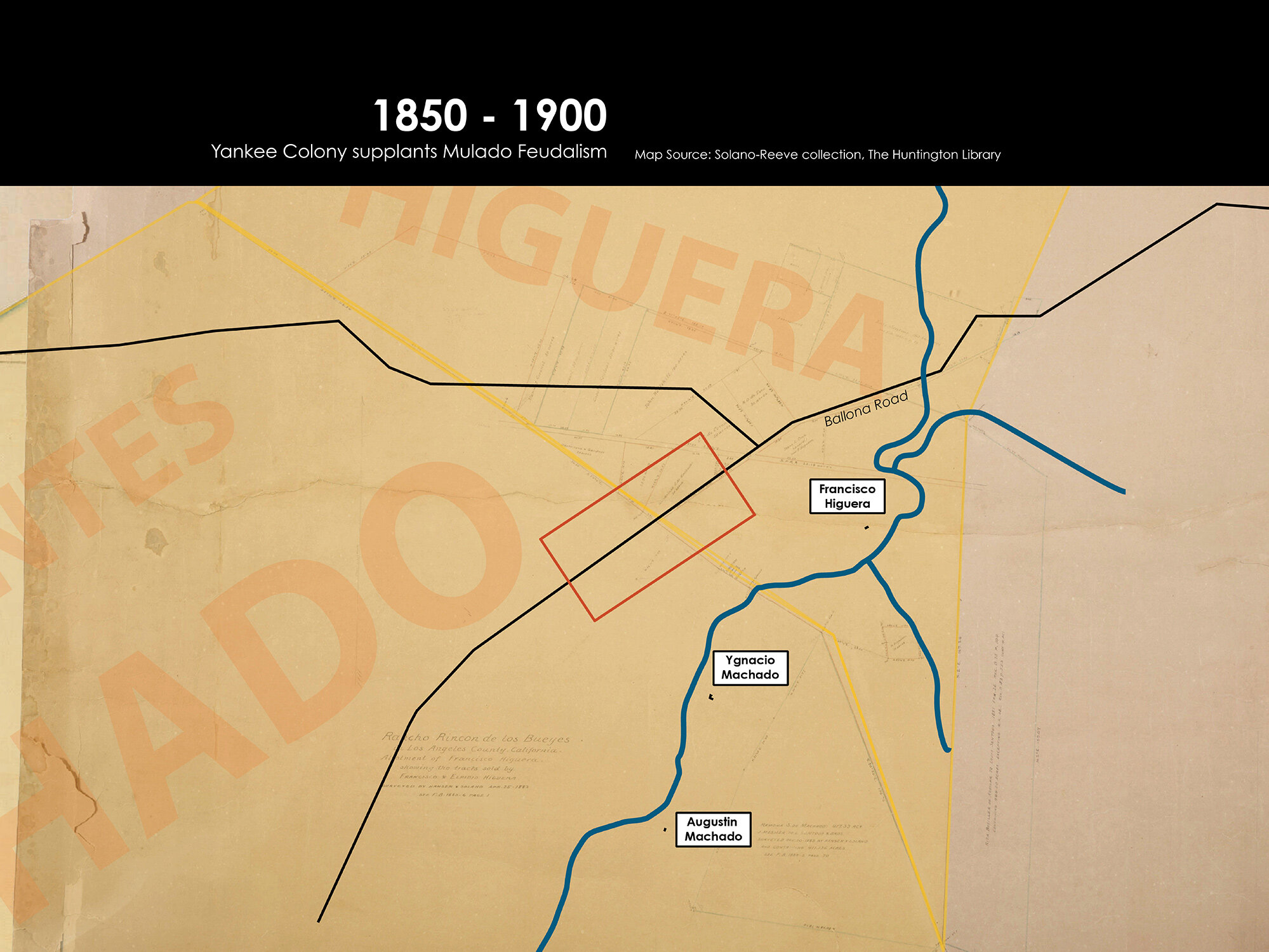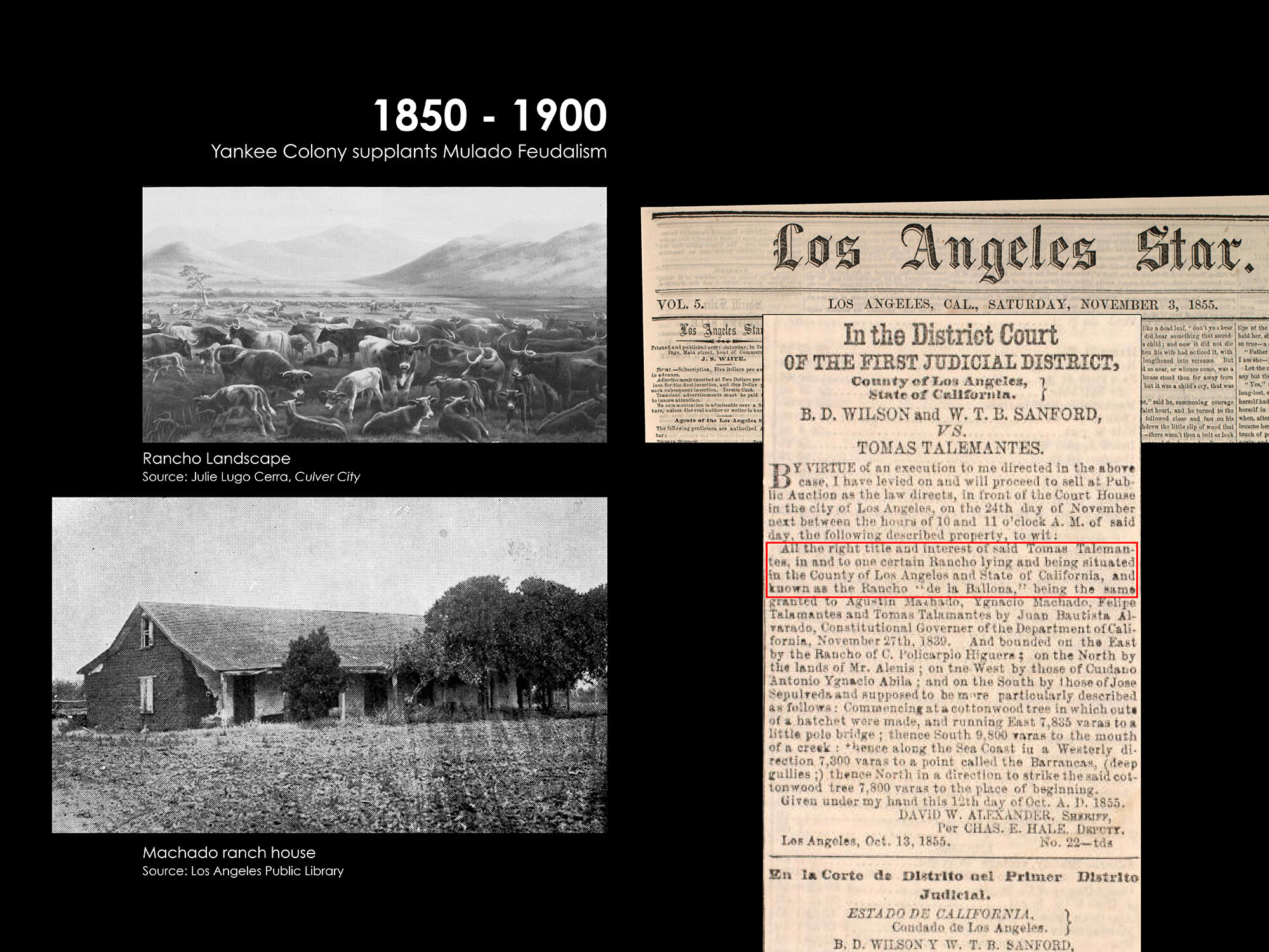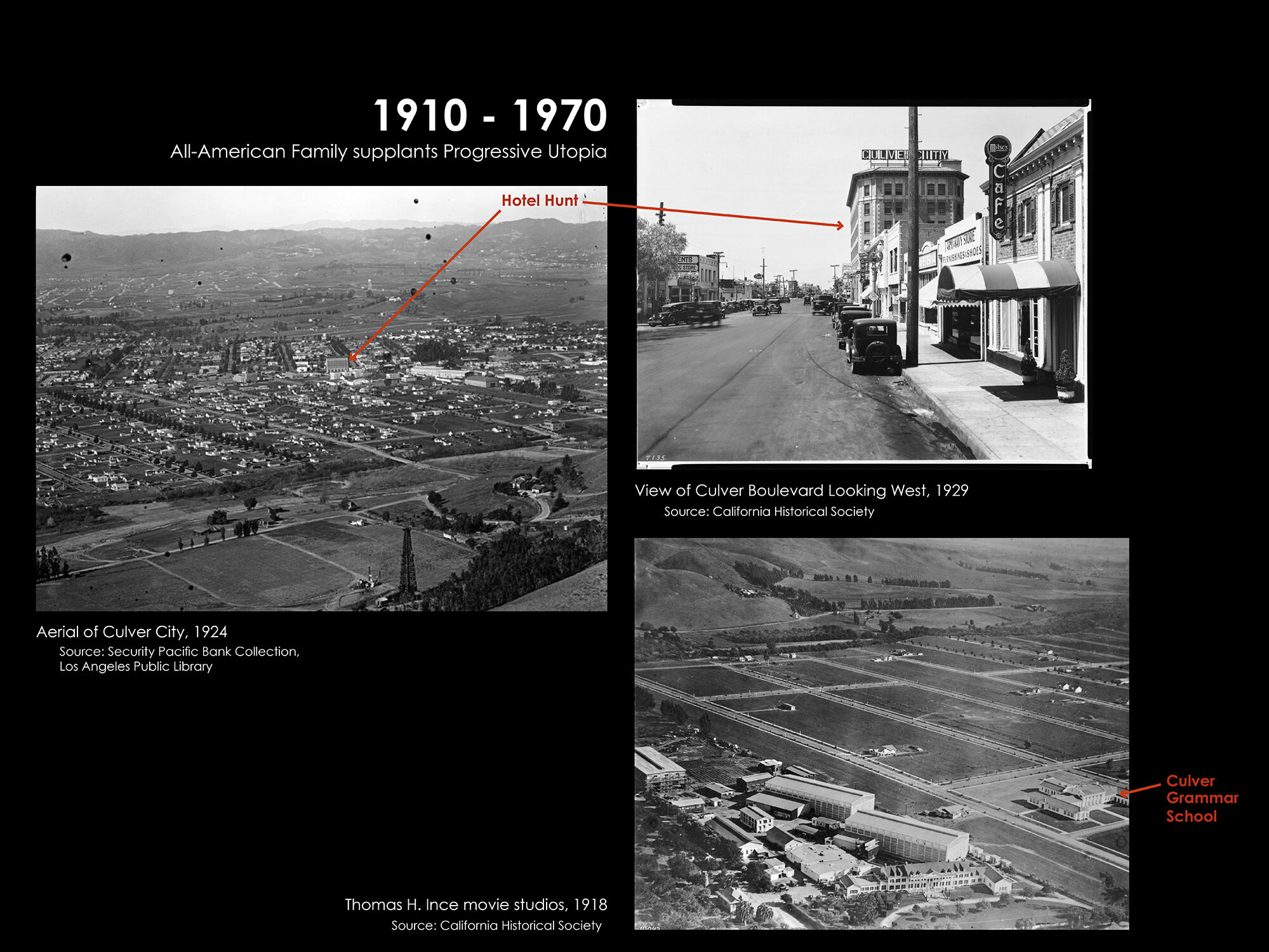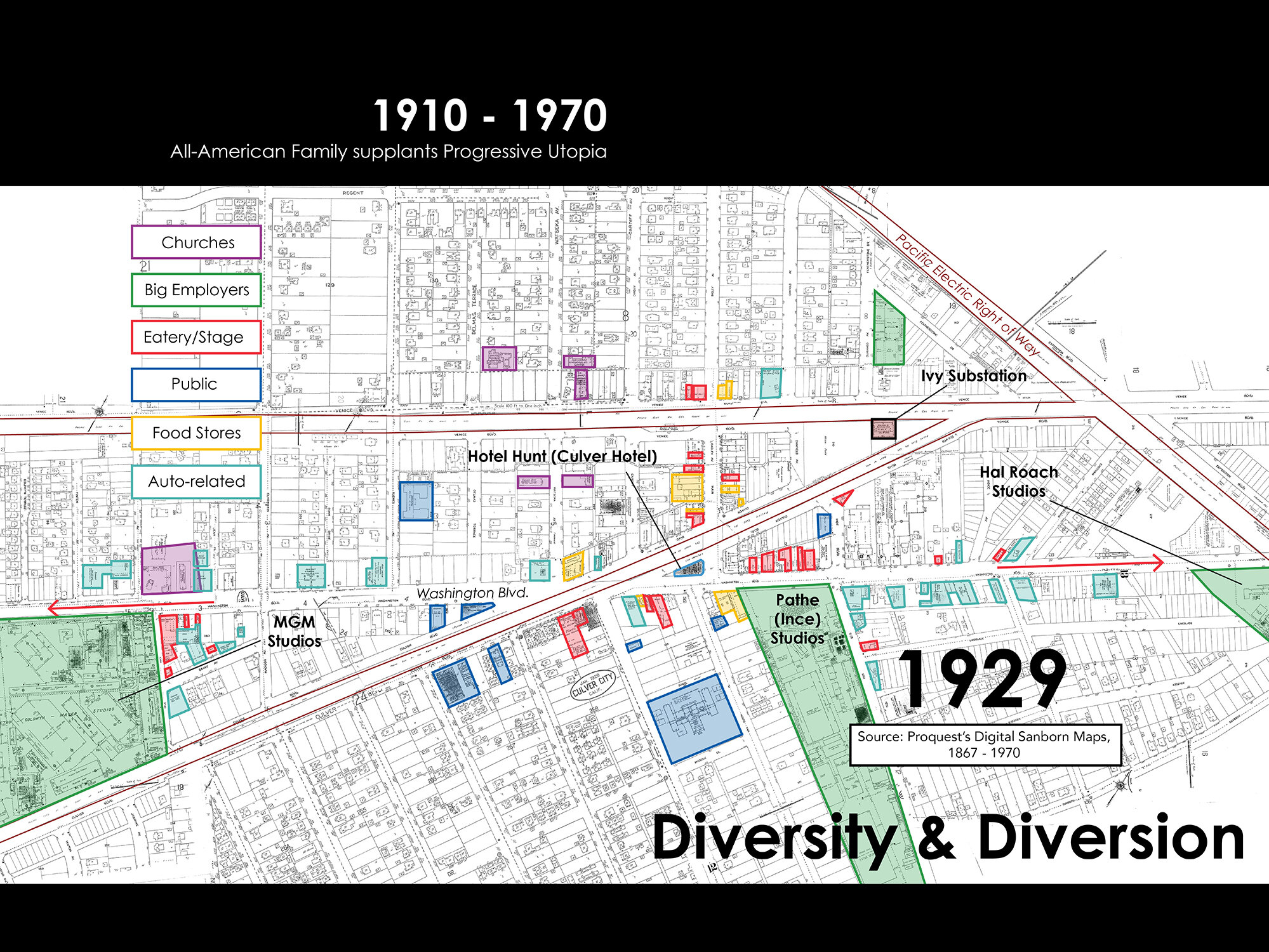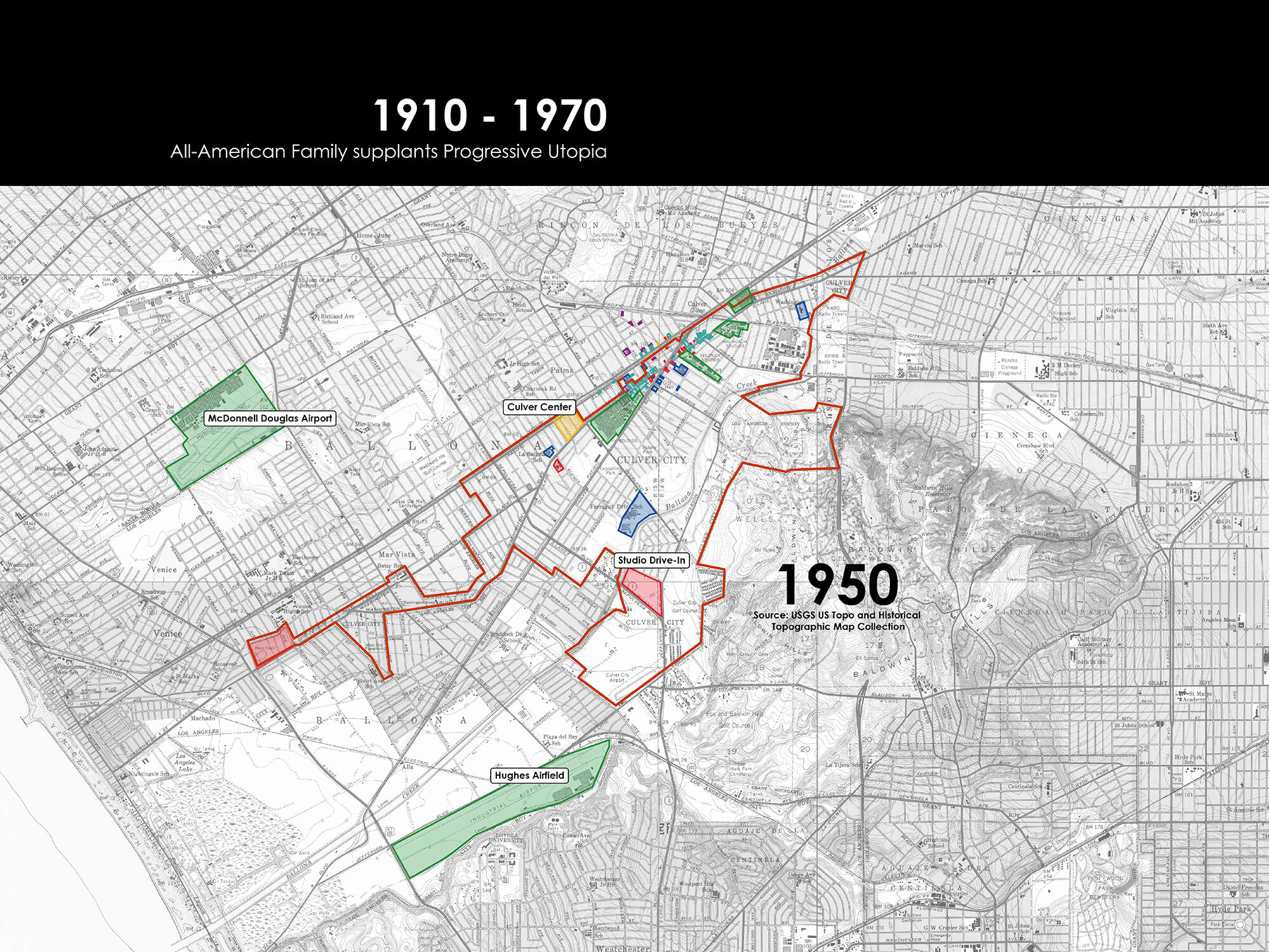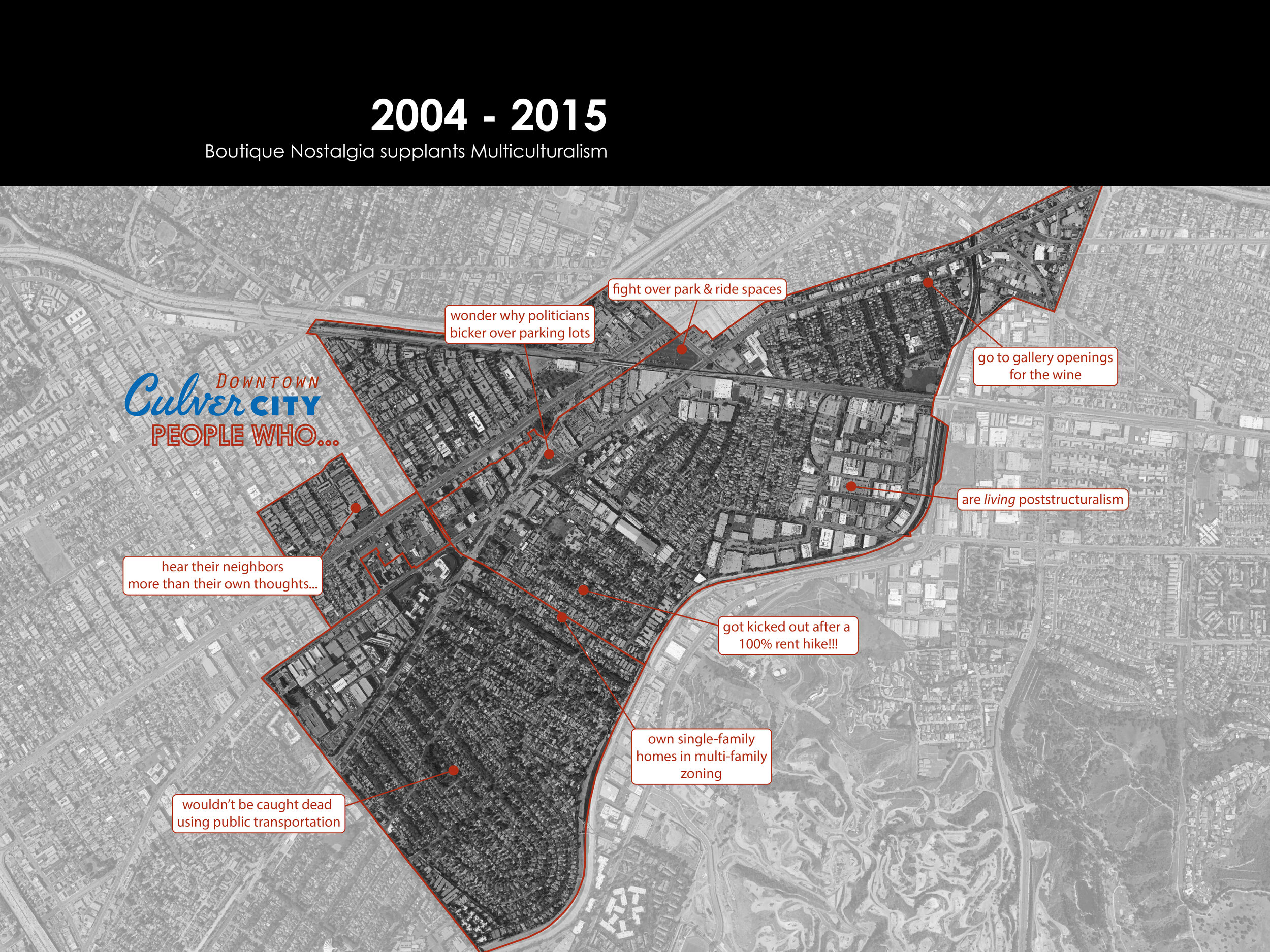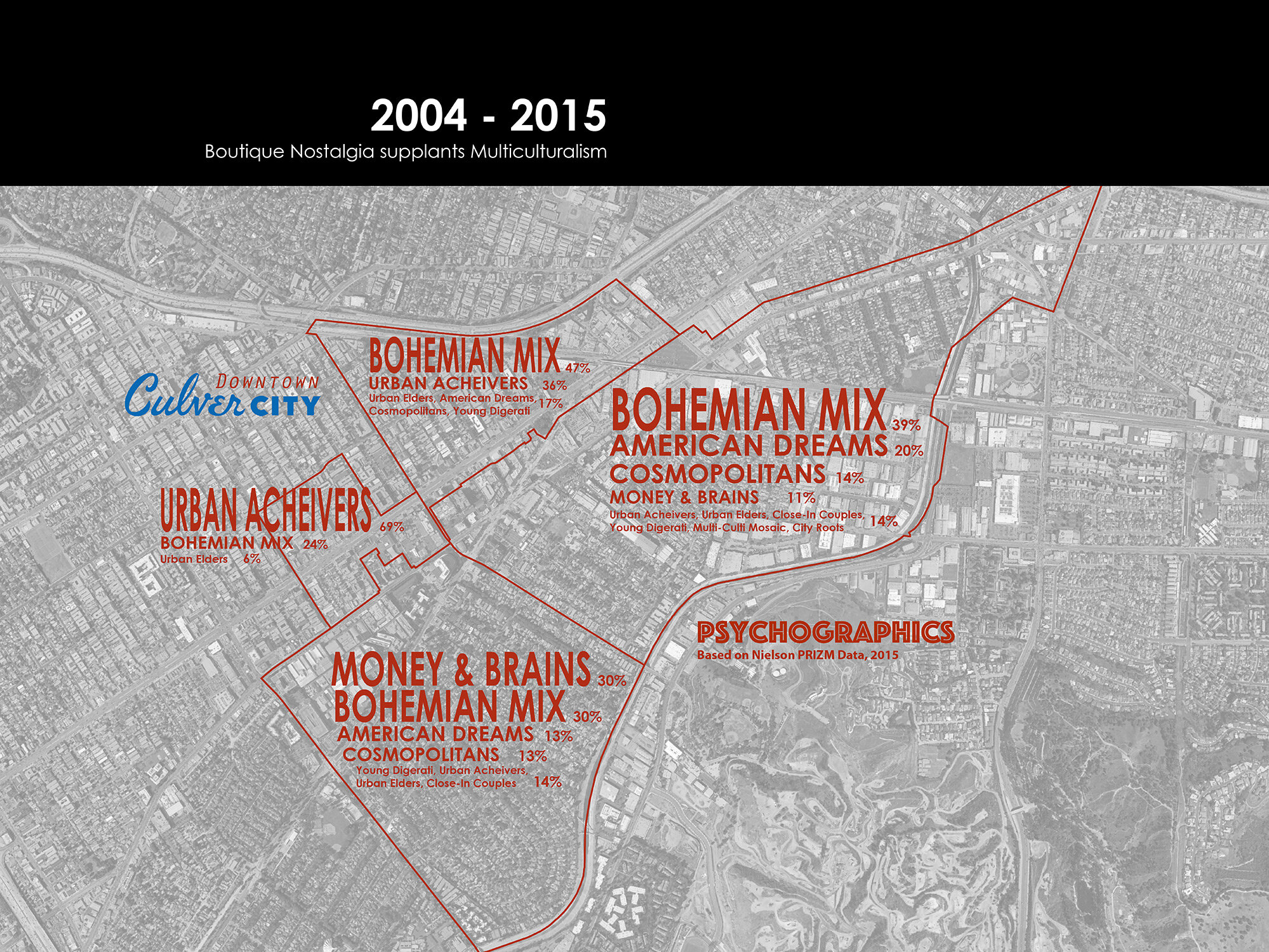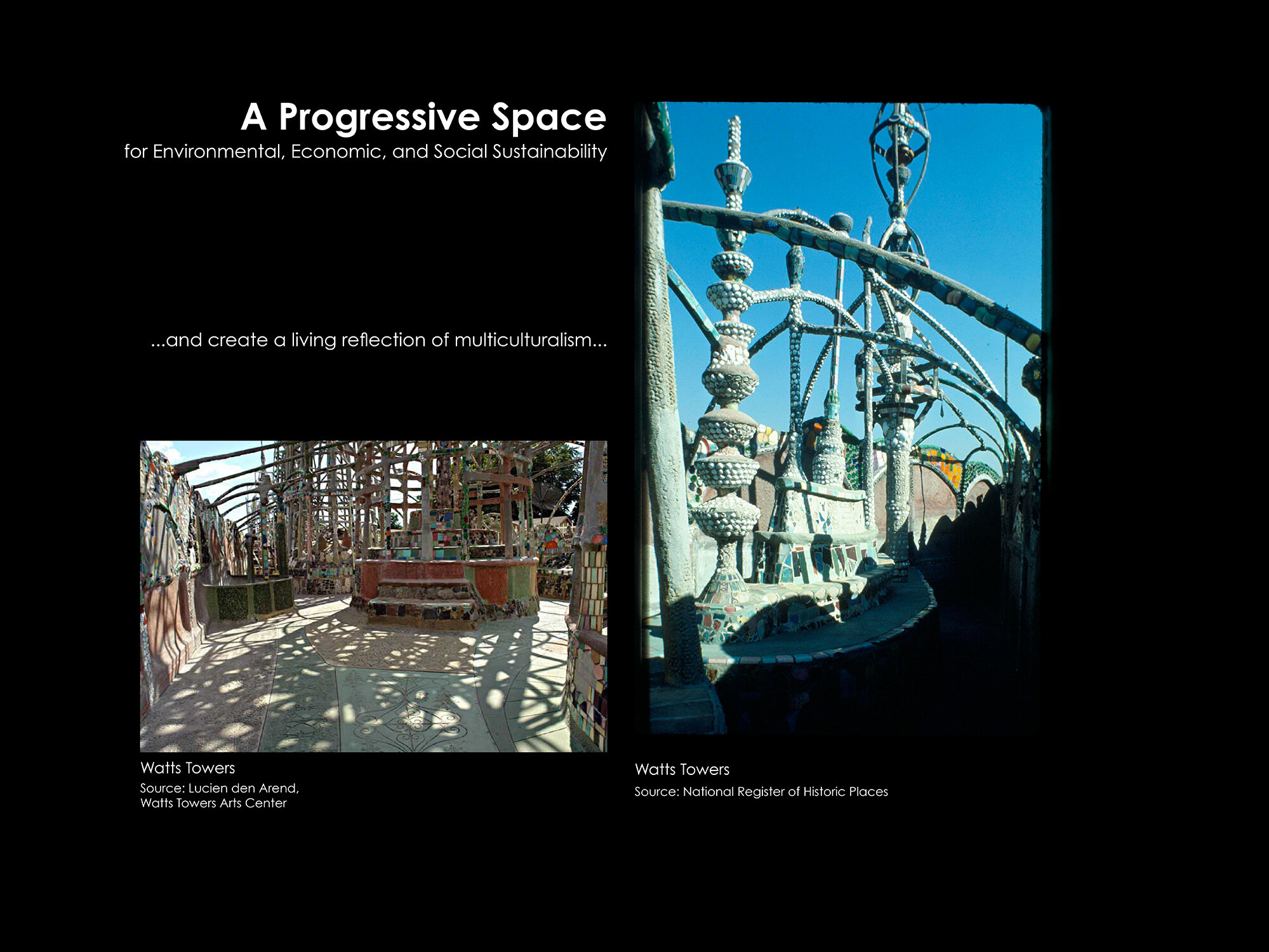How do you fight cultural homogenization and hipster gentrification of the built environment?
Downtown Culver City is a curious place: halfway between Downtown Los Angeles and the Ocean, it is a collision between several divergent street grids and a crossroads between many diverse LA neighborhoods. Yet despite its charming mix of historic buildings and odes to its film production history, it is victim to boutique restaurant-dominated gentrification which has created a monotonous urban landscape that only scratches the surface of Culver City’s rich multicultural history and fails to welcome in the diversity of its surrounding communities.
A seminar on power and place at the Harvard Graduate School of Design allowed me to craft a new reading of Downtown Culver’s built environment through the lens of its cultural evolution, and to propose a strategy for its future development that would help everyone—not just hipsters and foodies—to feel at home in its spaces.
Presentation Slide Examples
Through “forensic cultural ecology” of Culver City’s history using primary source documents, such as survey maps and census data, I show that obsessions with romantic notions of ideal cultural heritage have pushed downtown’s built environment from heterogeneity into homogeneity on three separate occasions throughout its history. In the late 1800s, complex American legal systems forced the diverse Mexican rancho communities to make way for colonies of New England and Iowa. In the mid-20th Century, science-rationalism and postwar consumerism forced Culver City’s progressive beginnings to give way to a landscape for the all-American family. And now in the early 2000s, gentrification is supplanting downtown’s ethnic melting pot with a hipster haven of boutique restaurants.
I propose that the key to breaking this cycle is through incubation of “collision buildings” to increase affordable housing, live-work mom-n-pop storefronts to add diversity and authentic charm to its retail offerings, conversion of its major intersections into pedestrian-only spaces, and a Watts Towers-inspired project of participatory social art that radiates from the center of downtown to give everyone the chance to creatively empower their diverse histories and experiences.
Role: Author, Researcher
For: Harvard GSD DES 3332 Urban Cultural Ecologies of Progressive Places
Instructors: Susan Snyder, George Thomas
Date: 2015
Type: narrative strategy, urban design, research
The Culver Dream: A Critical Conservation Strategy
The Crux of Change: Participatory Social Art
One of the main tenants of my proposal for reviving multiculturalism in downtown Culver is through participatory social art. I was inspired by the story of Watts, which is kind of a counter-factual of Culver City: it is the same distance from Downtown LA, it was also founded as its own city in the ‘teens, but because of redlining and other Jim Crow tactics it was ultimately made into the City of LA’s backwater storehouse for public housing. In spite of this, it is home to a rich sense of community and culture, including one of the greatest examples of folk art in the 20th Century: Watts Towers. Here is an excerpt from my final proposal where I reference Watts Towers to imagine an alternative narrative of the experience of downtown Culver:
Within a much shorter timeline, Culver City should pilot a similar multicultural project with collaborative art. For example, Culver and Palms residents and businesses could deposit old or unwanted items into collection bins. The city could then employ a consortium of its talented artists for a year to organize the items into a seamless structural mosaic with places to sit, places for people to interact with each other, and places to discover the city’s diverse cultural heritage. If successful, the sculpture could be constantly reimagined and re-constructed to respond to changing social relations.
Imagine the effect this could have on a visitor: Rather than simply admire downtown’s architectural purity, I examine carefully restored scraps of a tail finned hotrod, instrument panels of airplanes built at Hughes, and found artifacts of generations of Ballona and Culver families, elegantly blended together. Rather than walk between protected planter boxes on concrete tiles, I meander through a flexible space surrounded by informal patches of ground that reflect the area’s natural ecology and rancho landscape, perhaps suggesting an adobe hacienda or Gabrieleño Indian huts. Rather than muse on the famous films that were shot behind the stately mansion of Culver Studios, I wander into a weather-resistant movie set spilling out of the studio, where I act in front of the camera and see my image projected onto a large screen that also doubles for movie nights and music performances. Rather than a uniform, wide-open space dominated by the stoic Culver Hotel and normative retail buildings, a monument with the collective memories of multiple traditions of Culver residents radiates from the center of downtown and encourages all people to feel welcome, able to see or imagine their story in the space.

